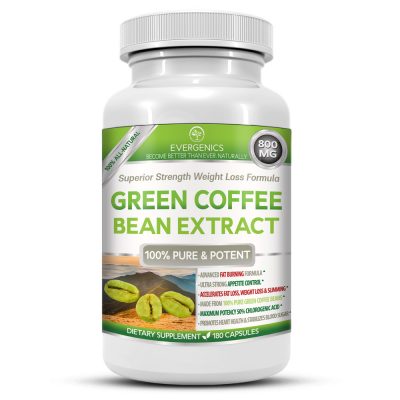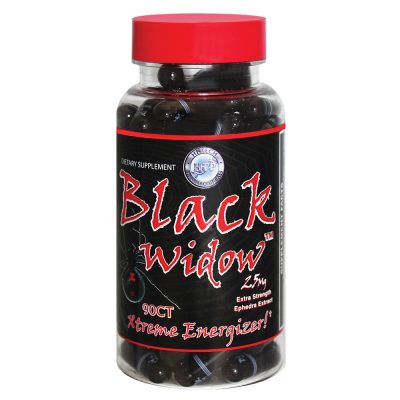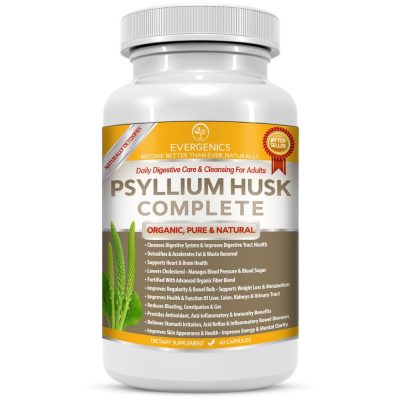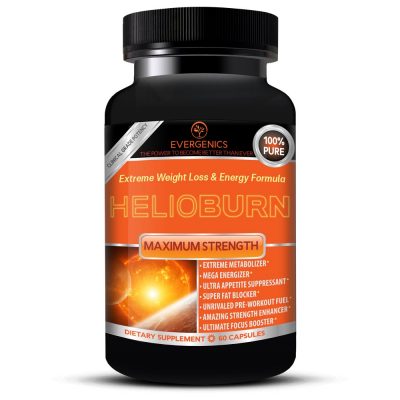(BPT) – Before medicine and pharmaceuticals filled our remedy box, food and food ingredients were considered healing agents. Hippocrates was wise in his understanding of the special powers of food, beyond satisfying our appetites: “Let food be thy medicine and medicine be thy food.”
There are many cultures that rely on herbal remedies and natural foods for everything from soothing an upset stomach to lifting our spirits when we’re down, to calming jittery nerves and even fending off colds and flu. Many of the best cosmetics tout ingredients to smooth skin, prevent aging, block the sun, reduce inflammation and minimize puffiness. There are four common herbs that have been used by many cultures and that are found in many of our kitchens.
1) Turmeric is a commonly used ingredient in Ayurvedic practices. In Hindu, the bright yellow color of turmeric is associated with the sun. In India, turmeric is used in wedding and religious ceremonies and is thought to bring good fortune. Not only is it said to brighten our spirits, but it has also been found to have some anti-inflammatory properties, which are healing for the body
2) Ginger, a relatively inexpensive and easy-to-find root, is considered a very healthful spice in the same family as turmeric. It is rich in many healthy components and has a strong aroma caused by the compound gingerol. Ginger has a long history of use in traditional and alternative medicine. It is most commonly used to soothe a stomach ache and combat nausea, and is frequently used by women to prevent morning sickness during pregnancy. Like turmeric it also has anti-inflammatory properties and can be helpful in reducing pain caused by osteoarthritis and menstruation.
3) Another popular spice is cinnamon, which is known for its healthy antioxidant properties and delicious sweet taste. It may help to reduce inflammation and be heart healthy. It may also be helpful in regulating blood sugar levels within the body, and even have some protective effect against developing colds.
4) Chamomile is a flower that has historically been associated with relaxation and calming. Many different cultures have used it alongside lavender as a soothing beverage to enjoy before bedtime.
Many of these ingredients can be found in our pantries, and including them in our diets is as simple as incorporating them into recipes or brewing up a delicious cup of tea. Herbal teas are a delicious and probably the easiest way to introduce these ingredients into our daily lives. Sipping tea throughout the day provides a natural break. Many tea drinkers proudly sport their mugs to stay hydrated, refreshed and alert.
Tea itself (from the plant Camellia sinensis) contains many healthy compounds such as polyphenols, which are great antioxidant compounds. Studies with this phenomenal beverage are linked to many areas of health and wellness. It’s no wonder that tea is one of the most popular beverages in the world. People drink tea proudly knowing they are not only enjoying something delicious, but also giving their well-being a boost.
Bigelow Tea has long understood the art of blending top-quality ingredients in their teas and has recently introduced a new line called Bigelow Benefits, which takes the concept of herbal tea one step further by carefully crafting a tea bag with an enticing mix of beneficial herbs, flowers and fruits that supports your daily health. The flavorful combinations include Cinnamon & Blackberry, Peach & Ginger, Chamomile & Lavender and Turmeric Chili Matcha to name a few.
Designed to add everyday value to a regular healthy lifestyle, each contains ingredients that are commonly thought to help safely support and enhance life’s everyday moments and bring the wellness benefits of ancient civilizations to your teacup. For more information about Bigelow Benefits, visit bigelowtea.com/benefits.
So next time you are looking to have a more healthful lifestyle, or just a good night’s sleep, look no further than your tea cup.





